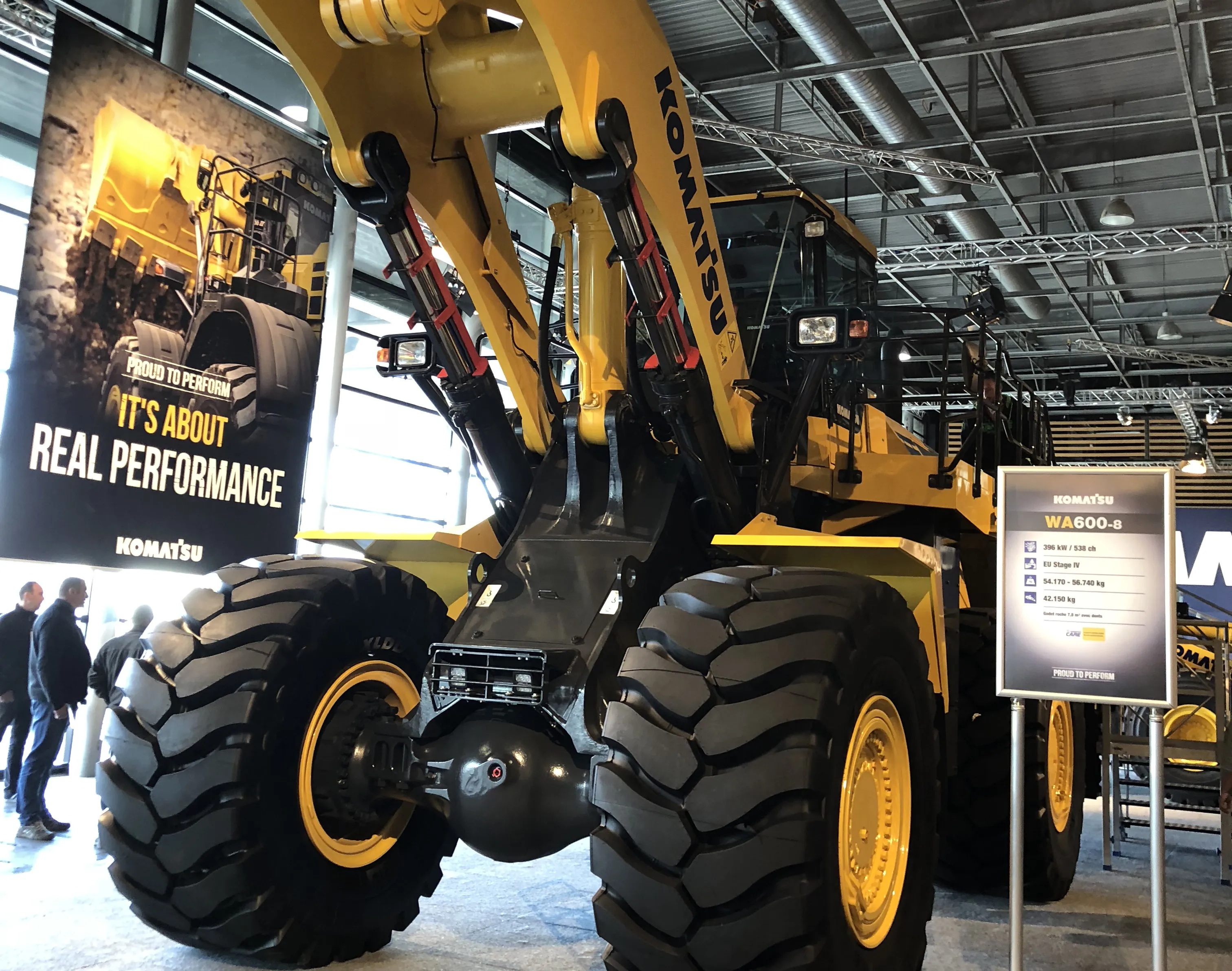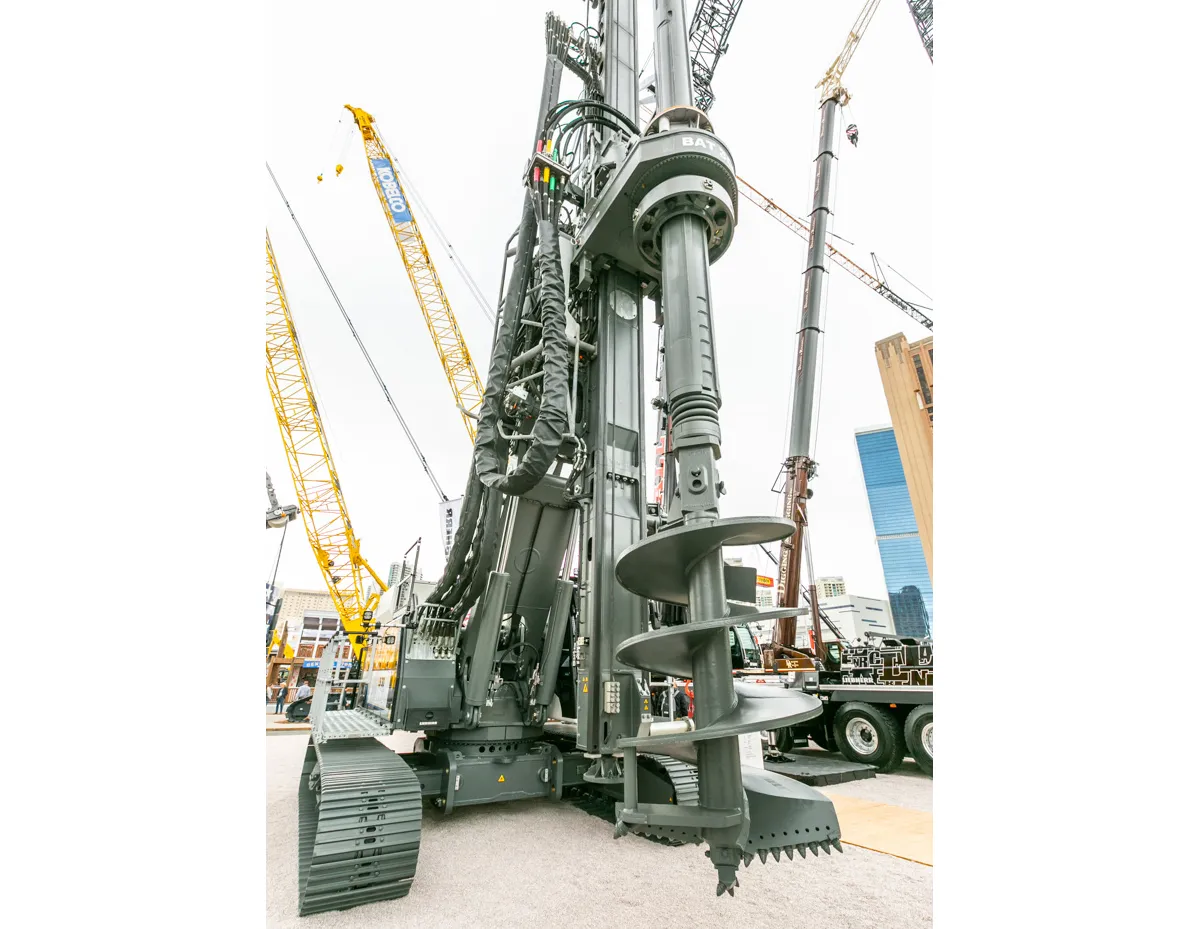An improvement in European and North American sales could not offset continued weakness in Asia leading to Volvo Construction Equipment sales falling by 5% year-on-year in Q1 2015.
Sales in China in particular were less than half what they were in the same period of 2014, the Swedish sector giant said.
“We are working to adapt to lower volumes and are implementing a series of measures to reduce cost levels. However, our efforts could not fully offset the significant drop in volumes,” said Volvo Const
January 6, 2017
Read time: 2 mins

An improvement in European and North American sales could not offset continued weakness in Asia leading to 7659 Volvo Construction Equipment sales falling by 5% year-on-year in Q1 2015.
Sales in China in particular were less than half what they were in the same period of 2014, the Swedish sector giant said.
“We are working to adapt to lower volumes and are implementing a series of measures to reduce cost levels. However, our efforts could not fully offset the significant drop in volumes,” said Volvo Construction Equipment’s (Volvo CE) president Martin Weissburg.
During the first three months of 2015, Volvo CE saw net sales decrease by 5% to €1.366 billion (SEK 12,737 million) from €1.434 billion (SEK 13,371 million) in Q1 2014. Operating income was affected by lower sales volumes, a provision for expected credit losses and lower earnings in China, decreasing to €37.77 million (SEK 352 million), compared to €69.42 million (SEK 647 million) in the first quarter of 2014. These factors are said to have weighed on operating margin, which reduced to 2.8%, down from 4.8% in the same period of the previous year.
Volvo CE’s restructuring program launched in November 2014 is said to be developing according to plan.
A statement released by Volvo CE said: “The Chinese market has been in decline since March 2014 and this continued in the beginning of 2015, with a decline of more than 50% compared to the preceding year. This was mainly caused by continued lower levels of economic activity, lower machine utilisation, and construction projects and mining activity remaining soft. In Asia, excluding China, the total market decreased in the period, mainly driven by decline in Japan, South-East Asia and India.”
Volvo CE said that during February 2015 the European market was down year-on-year by 12%, mainly driven by a sharp drop in the Russian market as well as slowdown in the French market. The UK and Germany are still growing.
“The North American market continued to grow [in Q1 2015], primarily in the segment for compact equipment. The decrease in South America was mainly caused by weak economic development and low business confidence in Brazil,” the company’s statement concluded.
Sales in China in particular were less than half what they were in the same period of 2014, the Swedish sector giant said.
“We are working to adapt to lower volumes and are implementing a series of measures to reduce cost levels. However, our efforts could not fully offset the significant drop in volumes,” said Volvo Construction Equipment’s (Volvo CE) president Martin Weissburg.
During the first three months of 2015, Volvo CE saw net sales decrease by 5% to €1.366 billion (SEK 12,737 million) from €1.434 billion (SEK 13,371 million) in Q1 2014. Operating income was affected by lower sales volumes, a provision for expected credit losses and lower earnings in China, decreasing to €37.77 million (SEK 352 million), compared to €69.42 million (SEK 647 million) in the first quarter of 2014. These factors are said to have weighed on operating margin, which reduced to 2.8%, down from 4.8% in the same period of the previous year.
Volvo CE’s restructuring program launched in November 2014 is said to be developing according to plan.
A statement released by Volvo CE said: “The Chinese market has been in decline since March 2014 and this continued in the beginning of 2015, with a decline of more than 50% compared to the preceding year. This was mainly caused by continued lower levels of economic activity, lower machine utilisation, and construction projects and mining activity remaining soft. In Asia, excluding China, the total market decreased in the period, mainly driven by decline in Japan, South-East Asia and India.”
Volvo CE said that during February 2015 the European market was down year-on-year by 12%, mainly driven by a sharp drop in the Russian market as well as slowdown in the French market. The UK and Germany are still growing.
“The North American market continued to grow [in Q1 2015], primarily in the segment for compact equipment. The decrease in South America was mainly caused by weak economic development and low business confidence in Brazil,” the company’s statement concluded.








